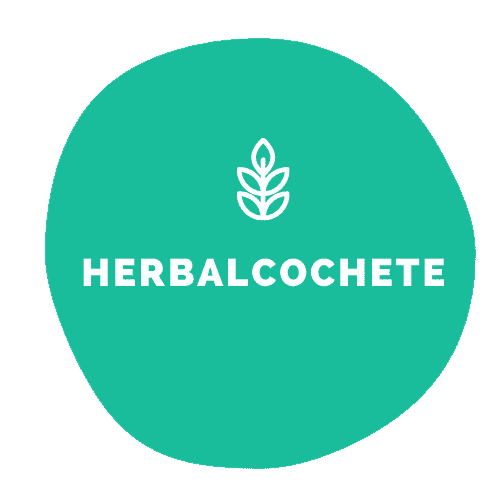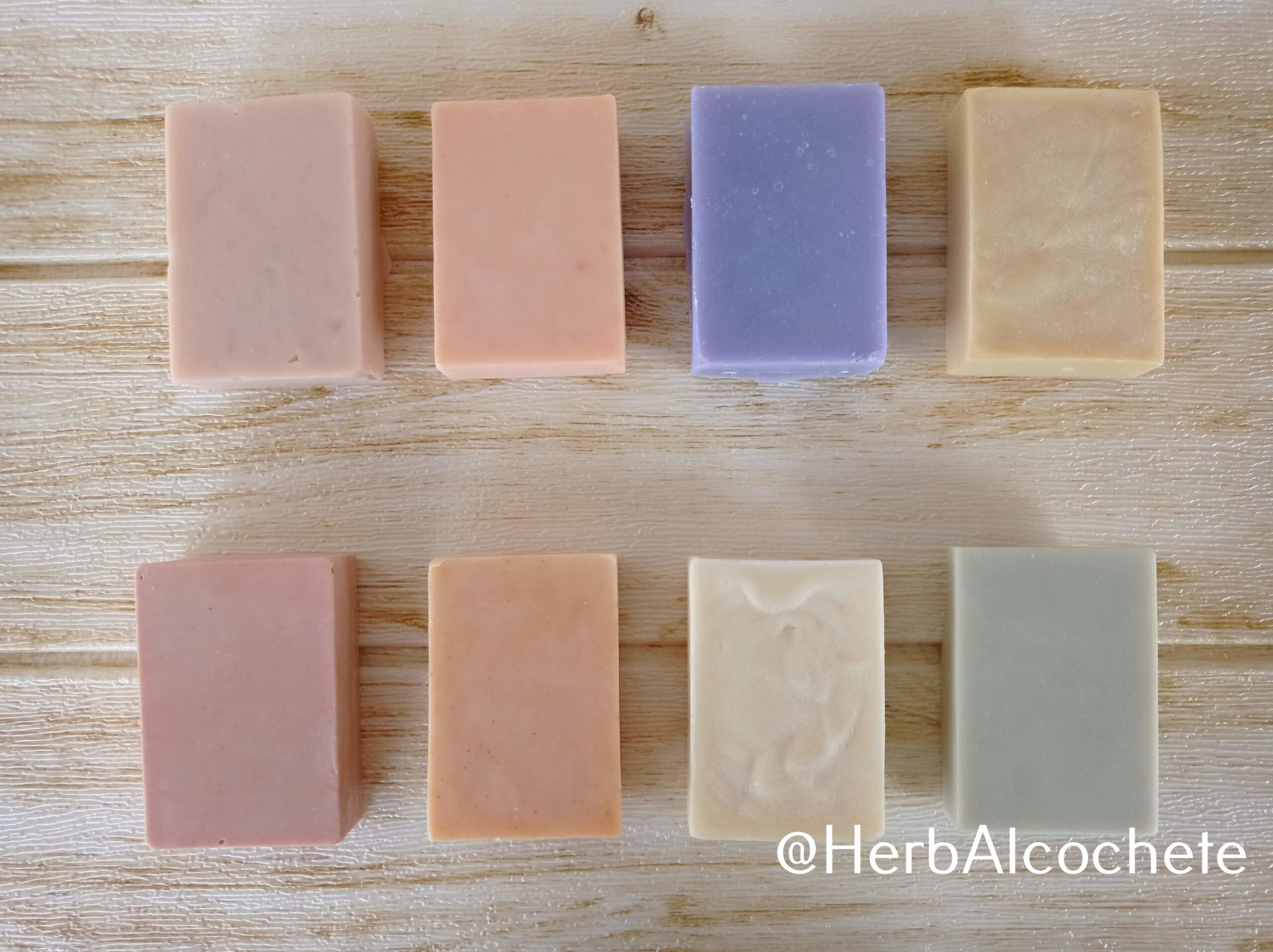Learn how to harden soap recipes by choosing the right oils, the right alkaline substance or “lye”, as well as use natural addictives that will give you extra hardness to your soaps.
By subscribing to my newsletter, you can have a free e-book that explains how can basic ingredients, like lye or oils, affect soap at a molecular level and influence soap hardness.
For instance, with sodium hidroxyde (lye), you get a hard bar of soap, while with potassium hidroxyde (potash) you obtain a soap paste – with which you can make liquid soap. Hard oils, or oils that are solid at room temperature, will increase your soap bar hardness, while liquid oils have the opposite effect.
But let’s find out all about how to harden soap in this post.
What Oils Make Soap Harder?
Ok, let’s start with the basic ingredients and find out which ones will harden your soap. Due to its well organized and more packed molecule structure, hard oils like palm oil, coconut oil or lard will always increase your soap hardness. That’s why it’s good to use at least 40% of hard oils in your soap recipe. And, let’s face it, coconut oil is a must in a soap recipe, as it also adds foam, lather and cleanliness to soap bars.
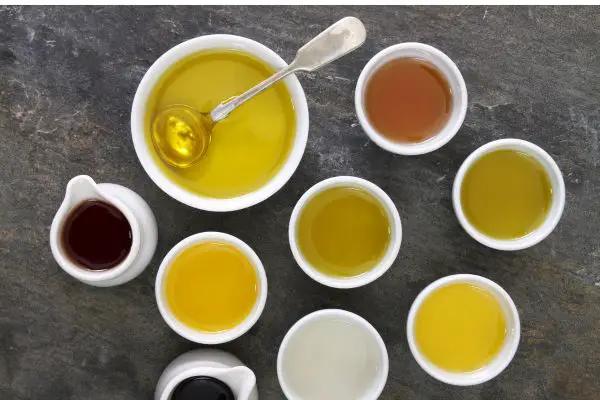
What about liquid oils? In general, they increase soap softness. Some oils, if used over a certain percentage in a oil mixture, like sunflower or sweet almond oil, with make your soap too soft. This means that once you start using it in the shower or bath it will become a sort of thick, mushy, undesireable paste.
One odd exception to this rule is olive oil. Castile soap, or 100% olive oil soap, is very famous and common, and we all know it’s a hard bar of soap. When you are manufacturing 100% olive oil soap, you will find it’s a very soft oil to work with: it takes the longest time to thicken to reach trace, it will take days to become fully solid and months to cure. But once you reach the 8-week curing mark, you will find that the resulting soap bars are pretty hard in a good way, even harder comparing with using a mixture with hard oils.

Still a soap hardening addictive like fine salt is adviseable in 100% oilve oil soap, so that you can unmold and start curing your soap bars faster, getting closer to standard times, like 48 hours to solidify in your mold.
What Chemicals Makes Soap Harder?
Despite the word “chemicals”, we will only talk about natural ingredients, ok? There are probably a lot of synthetic substances that help increase soap hardness – just look at commercial soap, it lasts forever and it’s always hard – but if we can use natural ingredients that we might even have in our kitchen already, don’t you think is prefereable?

Does Salt Make Soap Harder?
Salts, like sea salt or table salt, are good addictives to increase your soap hardness. Plain fine table salt is my regular soap addictive to harden soap. Be aware that table salt in Portugal is fine sea salt, but I believe salt from mines will have the same effect.
Pink Hymalaian salt is a good marketing ingredient in soap. It will work well as a soap hardener, but as good as any other salt. As for other properties, I am still to make and publish my own soap recipe with pink Hymalaian salt and to know first hand how pink Hymalaian salt will influence soap properties. It is said that it is a natural antibacterial soap, replenishes trace minerals in your skin and can be used as a mild exfoliant.
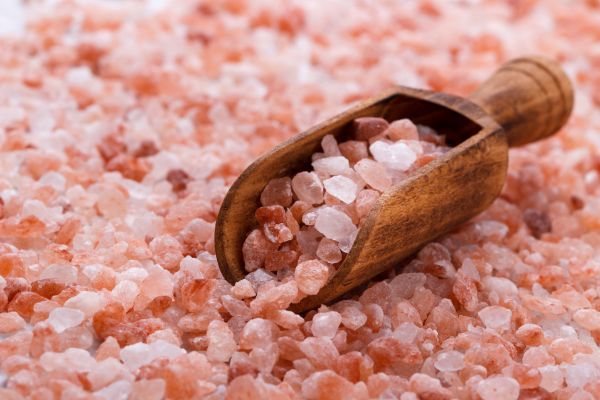
But will it be that different from sea salt, which is actually a very good salt by itself, also with antibacterial properties and also working as an exfoliant? Maybe it influences the soap color and might be used as a natural colorant? Read this article from Healthline that compares pink Hymalaian salt to regular table salt, and take your own conclusions. My advice would be to use your own locally available salt, no need to buy pink Hymalaian on purpose, specially as a soap hardener.
Does Sodium Lactate Make Soap Harder?
Sodium lactate, the sodium salt of acid lactate usually in a solution form, is also a common soap addictive to harden soap. It was the first one I’ve used before using table salt, as it’s very common to find it in soap recipes on the internet.
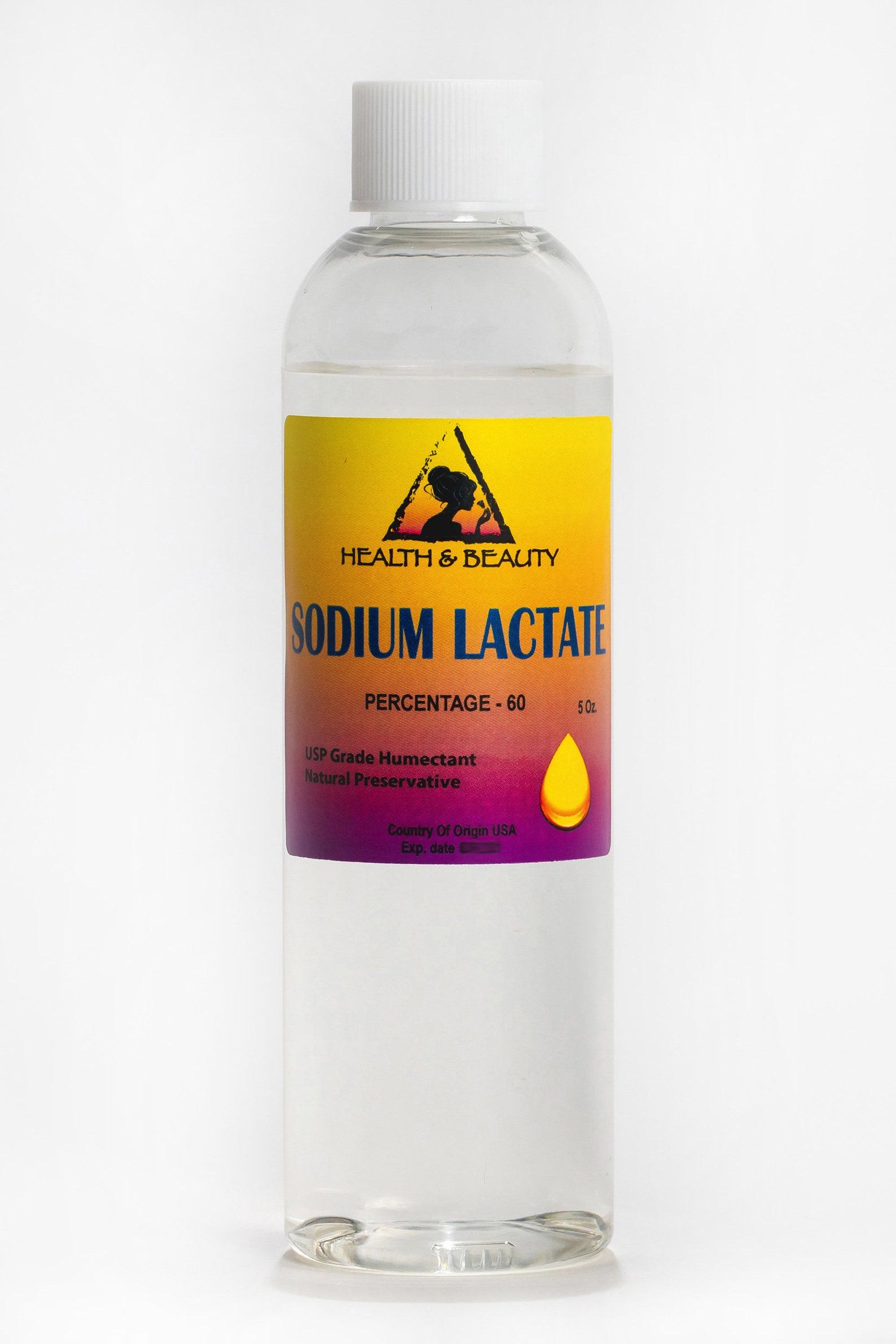
Can I Use Salt Instead of Sodium Lactate?
If your goal is simply to harden cold process soap, fine salt or sodium lactate are equivalent substances. So, fine salt can be used instead of sodium lactate as an addictive to harden soap, since it’s much more widely available and cheaper than sodium lactate. In hot process, sodium lactate has the additional role of turning your soap batter more fluid, so you might want to buy sodium lactate for hop process soap, but not because it’s a better soap hardener.
Sodium lactate is also a humectant and will increase the hydrating properties of your soap. In my experience, it doesn’t make much difference as the major contributor to make a soap more or less conditioning is actually the oils and superfat you use – and the natural glycerin they will produce. With a recipe with shea butter as a superfat, make the recipe using table salt and then sodium lactate. See if you can notice any difference. Both bars will be nicely hard and very moisturizing, but that’s due to shea butter.
Does Beeswax Make Soap Harder?
Beeswax is commonly added to soap to make it harder, more dense and to increase lather stability. The density can also trap salts below the surface which can help reduce soda ash in cold process soap. The saponification of beeswax creates a very hard waxy soap and the alcohols stabilize and increase the longevity of your lather.
It is important to note that adding too much beeswax can have the opposite effect and can diminish the lather which will result in a bar that feels waxy with poor lather quality, so suggested usage rates are only between 1-3% of oils. Beeswax will be listed as an “oil” in your favorite soap calculator so be sure to include it in your recipe formulation!
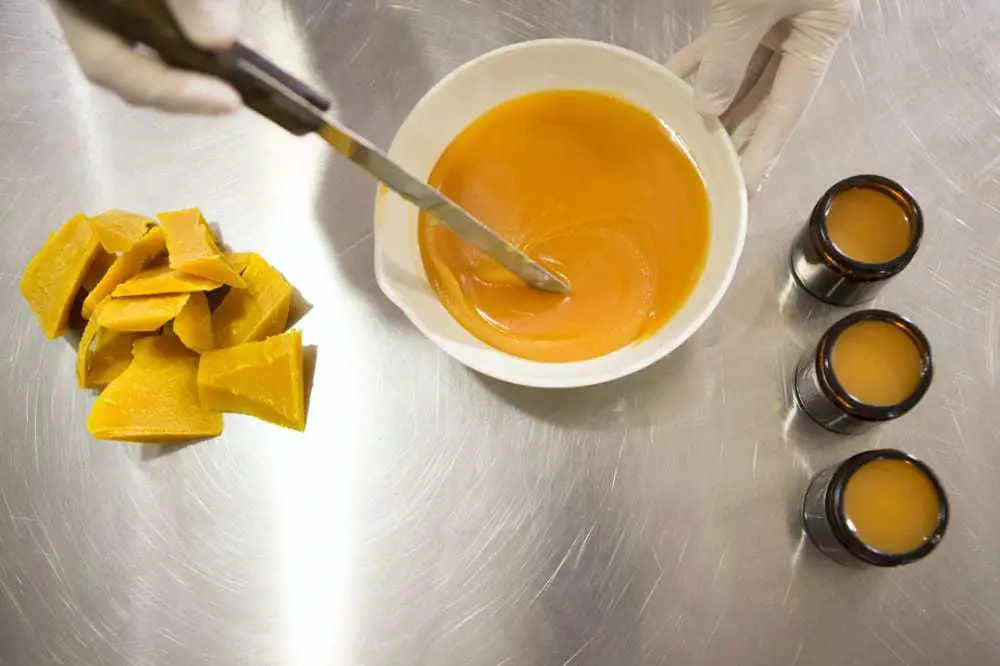
Beeswax has a higher melting point of 62- 64°C (144-147°F) so the soaping temperature needs to match. The soap must be made at higher temperatures than that or it risks clumping. Please, be aware that cold process soap making using higher temperatures is not recommended for beginners and a low temperature hot process method should be adapted for safety. I am yet to make a soap recipe with beeswax, but I’ll surely post it here once I publish one.
When using beeswax in recipe, cold or hot process, it is best made at a temperature above 75ºC (170ºF); however, when beeswax reaches temperatures above 85ºC (185ºF), it may experience a slight discoloration, although this does not have any negative impacts on the soap.
Do you wish to know more about the science behind using a wax in soap? Make sure you read Soapy Science: Jojoba Oil (jojoba oil is actually a wax).
Does Soap Harden Over Time?
This is one of the main reasons why soap, especially cold process soap, needs to cure. Soap hardens with time through a process called crystallization. This process allows the molecule structure to “settle down” and become more compact, hardening the soap.
It’s a process that varies with the amount of liquid oils you use in the soap recipe, addictives used, or lye concentration. It’s very hard to know how long it takes, therefore, soap bars always benefits from curing for a bit longer after the 4-6 weeks standard time.
I am not going to explain in-depth in here the science behind it but if you’re curious and want to read about it (I did, it’s a cool subject), check out these posts from Classic Bells and The Ultimate Guide to Soap.
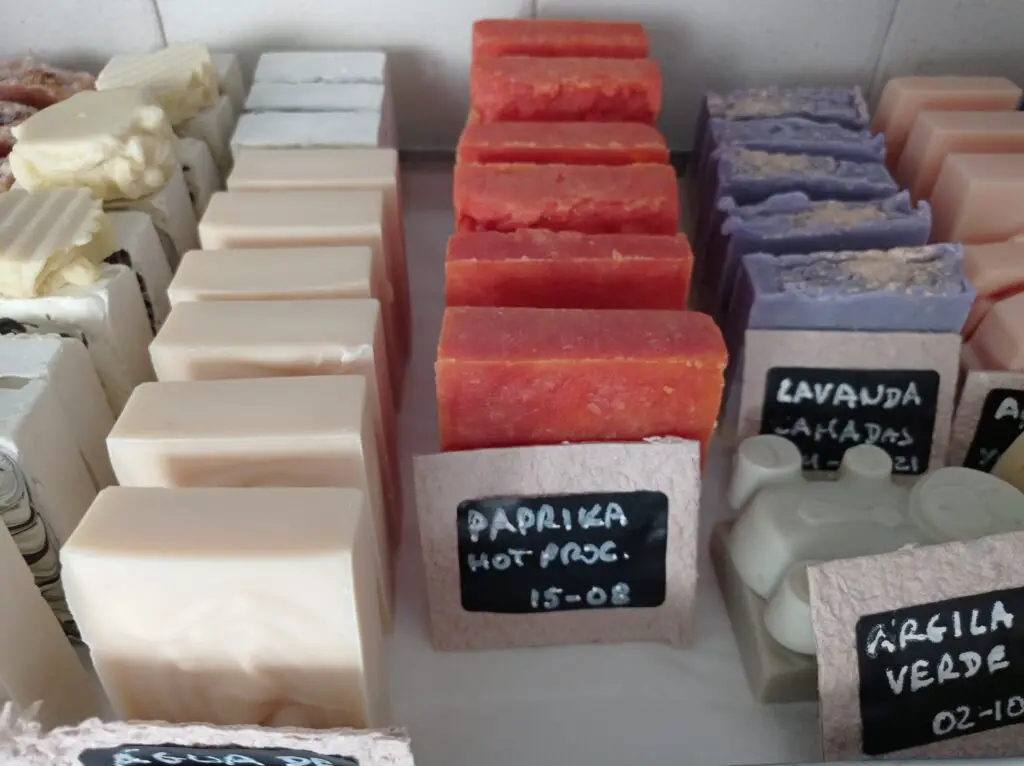
What Makes Soap Harden Faster?
Be aware that what makes your soap to harden faster, most of the times, also accelerates trace. Adding salt as mentioned in the previous chapters is probably the safest way to make your soap to harden faster without a major risk of soap acceleration. It also allows to unmold soap from your silicone molds without any issues (too soft soap sticks to the mold wall, deforming some shapes).
Anyway, let’s list some ways to make your soap to harden faster:
- Use salt or sodium lactate (well, it had to be on the list…)
- Use at least 40% hard oils in your recipe
- Water discount your soap. I actually use higher lye concentrations (water discount in percentage is hard for me to control), like 30% or 35%. If you’re adding ingredients like purees, make sure you replace the water weight with the puree weight. For example, if your soap recipe takes 100g of distilled water for the lye water but you wish to use 50g of a pureed ingredient, only add 50g of distilled water
- Decrease the superfat: 5% is a good balance between a hard bar and a moisturizing one.
- Promote gel phase
- Thicken the trace of your soap
- Use an accelerating fragrance oil
Read more about hardening soap faster in this post from Soap Queen.
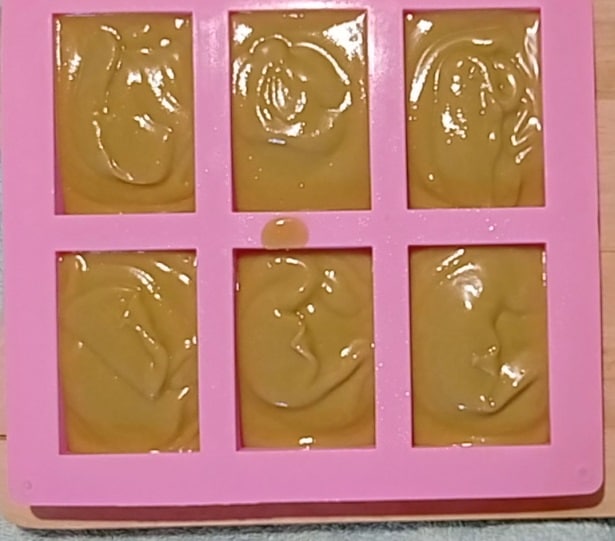
Why Is My Bar Soap Not Hardening?
If you read all the previous chapters, you probably know by now why your soap is not hardening, or at least, is not hardening fast enough:
- High liquid oils percentage: olive oil soap takes forever to harden without a hardening addictive
- Low lye concentration
- Liquid trace
- Low mixture or soaping temperatures
- Adding too much colorant or fragrances
- Lack of hardening addictives: no salt/sodium lactate/stearic acid
But if you find your soap batter to remain liquid after 24 hours, with separated oils, then this is because saponification didn’t happen. It might be a case of false trace. False trace may happen with too low mixture temperatures, but I happen to make soap at room temperature (25ºC or 77ºF) with no issues. The lye you use must be of good quality, or it might not saponify properly your oils.
Read more about cold process soap too soft in this post from Soap Queen.
How Do You Fix Soap That Is Too Soft?
If your soap was done properly but looks too soft unmolding or in the shower, there’s no other way to fix it but to wait and be patient: let it sit in the mold for a longer time, and let it cure for a longer time. Still, if after 2 weeks in the mold is still too soft/liquid, most likely it won’t solidify further, and in this case, the only solution is to discard it. This is why making low soap quantities is a good idea, especially with new recipes.
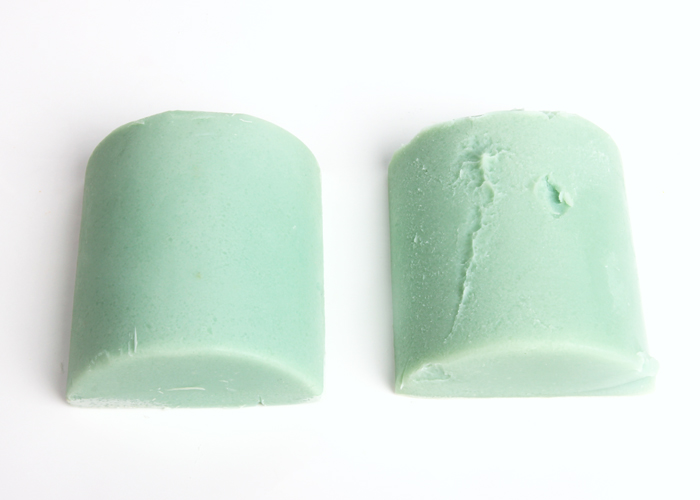
Too soft soap is best avoided if you take measures to prevent it, with proper formulation and production. We have seen ingredients have a major contribution to the hardness of soap bars. But be aware, we do have to compromise, since what makes soap harder, also accelerates soap.
My recipes usually tend to avoid soap acceleration, and I use salt in the formulation to prevent too soft soap. If you are attempting to formulate a soap recipe, and you don’t know if your soap might be too soft, just add 1 tsp of salt per 450g (or 1 pound) of oils as a rule of thumb to your soap, it will never go wrong.
During soap production, use high mixture/soaping temperatures (35ºC – 95ºF or higher) and make sure you reach medium trace.
